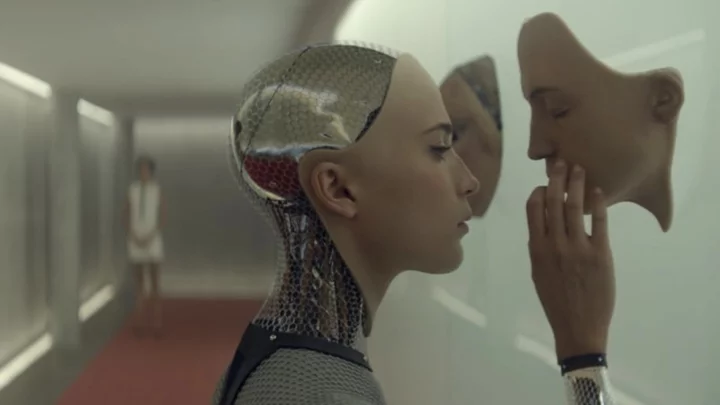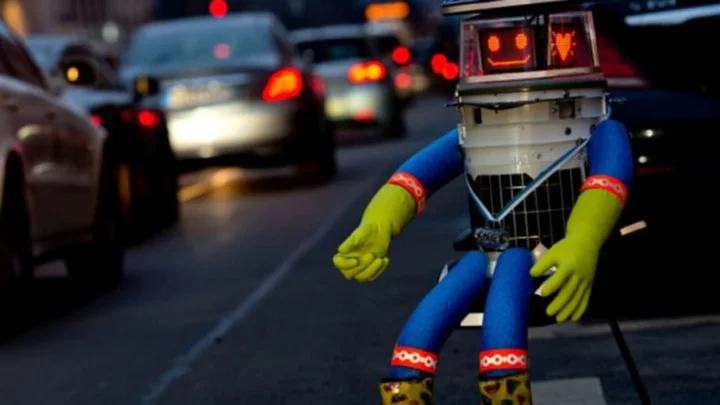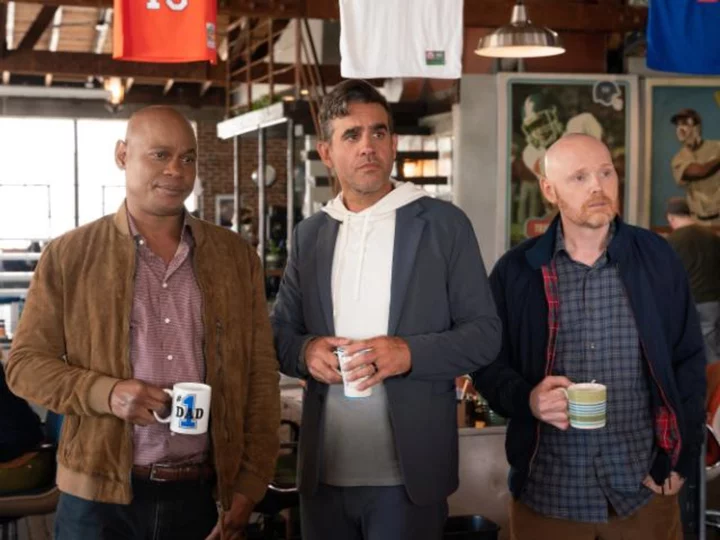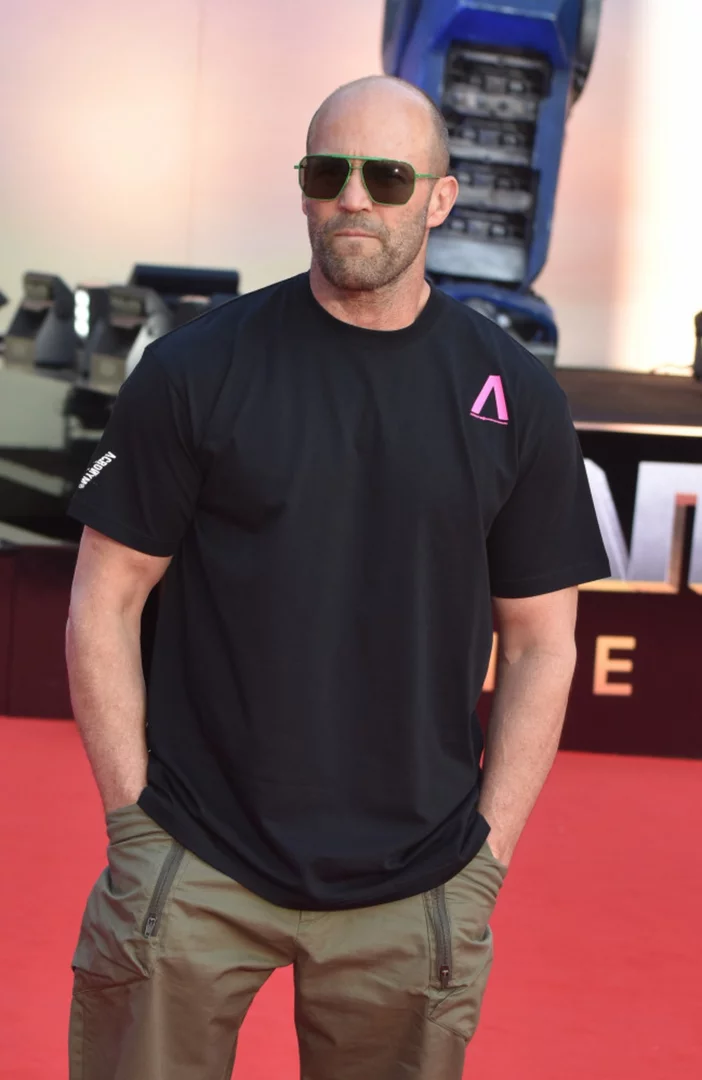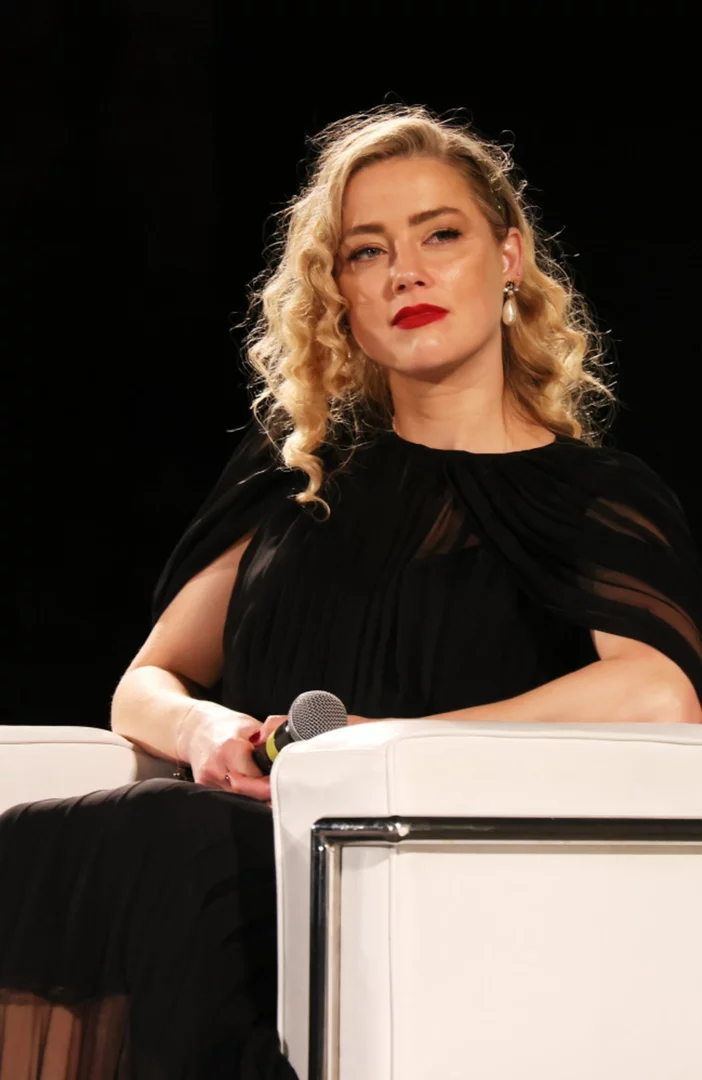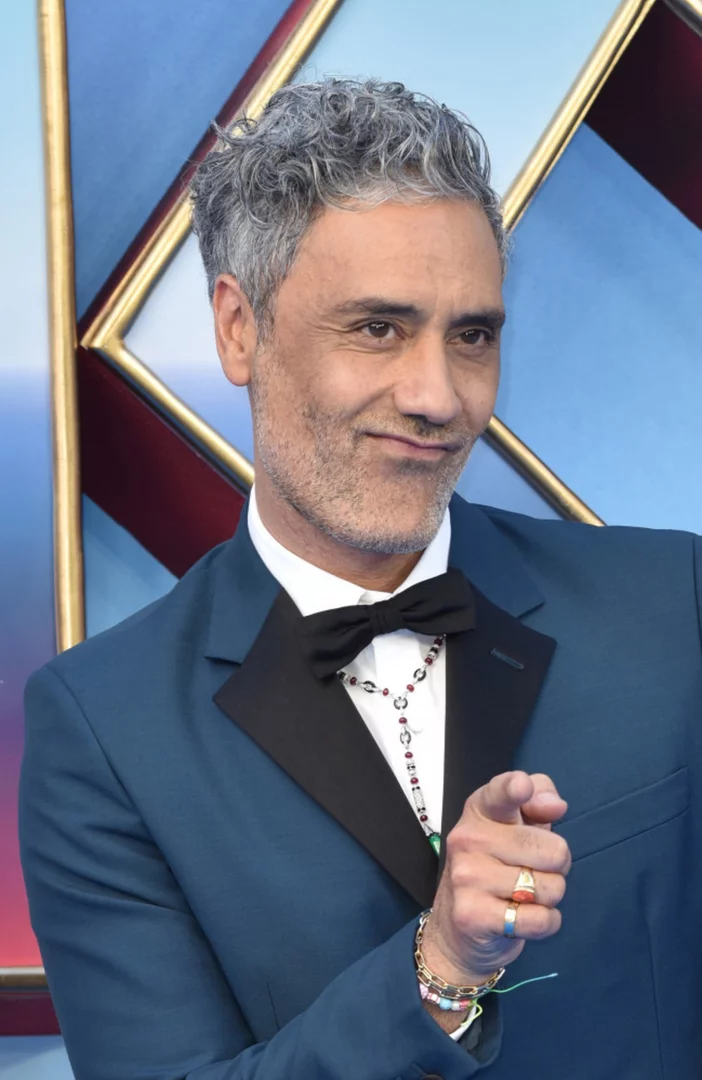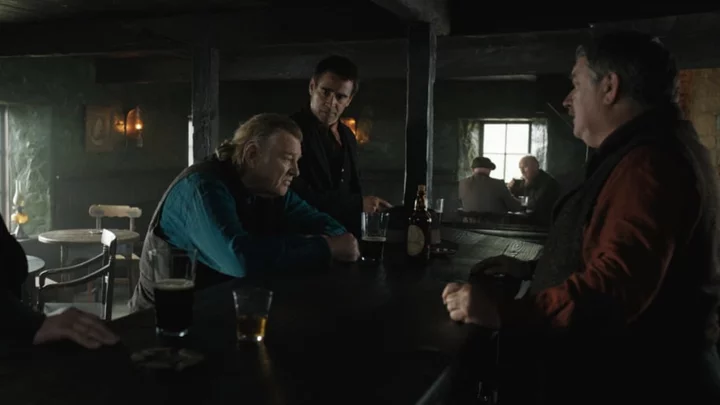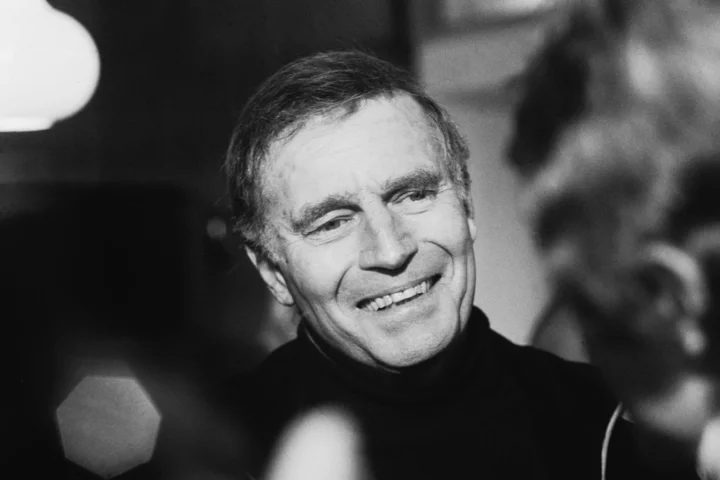Alex Garland had been in the movie industry for 20 years before making his directorial debut with Ex Machina, a cerebral sci-fi look at what it is to be—or not be—human. It follows Caleb (Domnhall Gleeson), a computer programmer recruited by reclusive tech billionaire Nathan (Oscar Isaac) to perform a Turing test on Ava (Alicia Vikander), a strikingly humanlike robot. This leads to questions of empathy, ethics, and the nature of existence, all shrouded in mystery, alcohol, and the occasional touch of disco dancing. Here are 10 things you might not know about the Oscar-winning film, which is nearing its 10th anniversary.
1. Ex Machina used Tinder as part of its promotional campaign.
When the film was shown at SXSW, some festival attendees found themselves ever so slightly duped. A promotional bot was set up on Tinder using images of Alicia Vikander and chatting to matches as her character Ava before directing them to the film‘s Instagram account. A bot of a bot. Layers on layers.
2. It contains what might be the most dense, obscure in-joke in cinema history.
When Caleb begins coding at Nathan‘s computer, he enters an algorithm known as the Sieve of Eratosthenes, which is designed to find prime numbers. The prime numbers it chooses form the ISBN of the book Embodiment And The Inner Life: Cognition And Consciousness In The Space Of Possible Minds by Dr. Murray Shanahan, a favorite of Garland‘s and a big influence on the film. Shanahan even served as a scientific advisor on the film.
3. The film was inspired by a number of educational texts.
Other books Garland cites as a big influence on the film include 1953‘s Philosophical Investigations by Ludwig Wittgenstein; 1983‘s Machine Language for Beginners by Richard Mansfield; 1989‘s The Emperor's New Mind: Concerning Computers, Minds and The Laws of Physics by Roger Penrose; and The Singularity Is Near: When Humans Transcend Biology (2005) and How to Create a Mind: The Secret of Human Thought Revealed (2012), both by Ray Kurzweil.
4. You can spend the night at Oscar Isaac‘s (on-screen) home.
The Juvet Landscape Hotel in Norway was used as Nathan‘s house. The hotel prides itself on being “in the middle of nowhere” and is situated “in a remote part of a remote village in a remote region.” The nearest airport is Ålesund, about 60 miles away. They have a nice approach to meals, where they don‘t serve lunch but encourage you to take a bag to the breakfast buffet.
5. The thought experiments are taken from real life.
The thought experiments mentioned in Ex Machina are real conundrums from the world of philosophy. The “Mary in the black and white room” scenario was coined by Frank Jackson in 1982 before expanding into several books designed to highlight the difference between knowledge and actual sensory, subjective experiences, or qualia.
6. Though the movie is futuristic, it‘s only about “10 minutes“ ahead of where we are now.
Alex Garland has described the technology of the film as being “10 minutes in the future,” while also lamenting that some of it was less futuristic than he thought, “some of it by design and some by stupidity or ignorance.”
Of Nathan‘s high-tech house, Garland told Consequence: “It was so outdated. Some of the tech stuff, I didn‘t realize until later, was just me being down at the discos, sort of hopelessly out of touch ... I read, I don‘t know, 20 years ago, that Bill Gates has this house with key cards that lets you into different areas, and I thought, that‘s very futuristic. Twenty years later I‘m writing the screenplay and I sort of put the future into it, which is actually from 20 years in the past.”
7. Garland wanted the dance sequence to feel “aggressive.”
The dance sequence, in which Nathan and Kyoko (Sonoya Mizuno) perform a routine together, has been termed a “disco non sequitur” by Isaac. It also stands as a demonstration of just how much time Nathan has spent with his robots, programming and practicing such an elaborately choreographed routine for nothing but his own amusement. Garland specifically cut the dance in a manner he deemed “aggressive,” deliberately ending it just as the audience start to have fun, “so you don‘t even let them enjoy that in the right way. It‘s just him walking down a corridor slapping his head. It was aggressive in its intent.”
8. The Oscar-winning visual effects were painstakingly detailed.
While a typical shot in an action movie is about three seconds long, in Ex Machina it was closer to eight seconds, with every frame requiring painstaking work. Transforming Vikander into Ava involved full-body scans, a “Spider-Man suit” that her skull was built onto every morning, and carefully replicating camera moves with nobody there. The filmmakers were keen to avoid Ava looking like Vikander was merely wearing a costume, which is where her transparent mesh skin came from—a technically complex but incredibly effective choice.
The type of camera used—a Sony F65 with an anamorphic lens—meant Ava was slightly distorted when out of focus, a new and ridiculously difficult problem for the VFX technicians to deal with.
9. A deleted scene would have allowed audiences to see the world through Ava‘s eyes.
There was a scene removed from the final cut of the film which, in its closing minutes, would have given the audience a look at how Ava perceived the world, ultimately emphasizing her non-humanness. It showed her speaking to the helicopter pilot and, as Vikander described it, “you saw his face moving, but from her point of view, it was just like pulses and sounds coming out. That‘s what she reads.”
“Her point of view is completely alien to ours," Isaac told Den Of Geek. “There‘s no actual sound; you’d just see pulses and recognitions, and all sorts of crazy stuff, which conceptually is very interesting ... But I think ultimately that maybe it just didn‘t work in the cut.”
10. Don‘t hold your breath for a sequel.
Despite the ending potentially setting up future stories, Garland is adamant that he won‘t be returning to the world of Ex Machina for any kind of sequel. In 2015, he told Deadline: “I imagined it as a completely self-contained story and I still feel that way about it. It has become reflexive for people to imagine this movie was made to set up a sequel and that the plan was built into the structure of the film. But it was not that way, at all.“
This article was originally published on www.mentalfloss.com as 10 Fascinating Facts About ‘Ex Machina‘.

